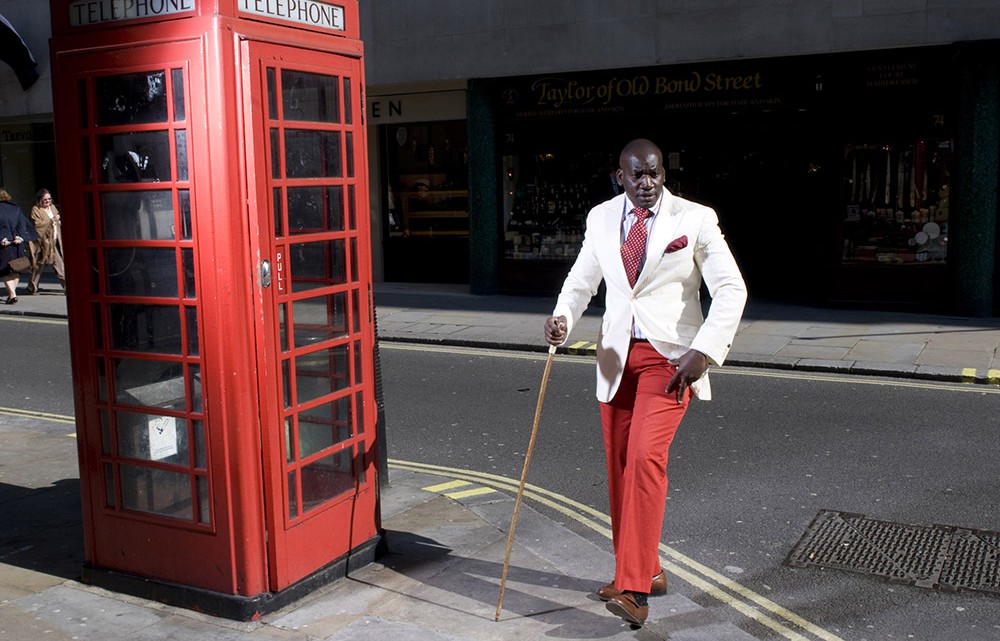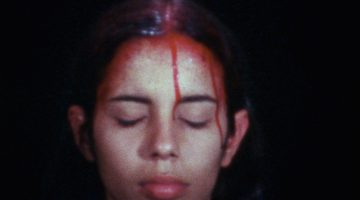Dandy Lion: (Re)Articulating Black Masculine Identity
Apr 6 — Jul 12, 2015
Museum of Contemporary Photography
Columbia College Chicago, 600 South Michigan Avenue, Chicago IL 60605
Dandy Lion: (Re)Articulating Black Masculine Identity closes this weekend at the Museum of Contemporary Photography in Chicago. An attempt to account for the global haute black male by several dozen photographers and filmmakers over the last five years, the images in Dandy Lion range from classical portraiture to street photography to small photo installation, and the locations photographed include at least three continents. Yet, at least in this case, more types of images and more photographed subjects do not necessarily deepen the viewer’s critical understanding of the theme. The exhibit has some delicious eye candy and quite a few powerful images—in particular from Daniele Tamagni—but for visitors seeking a visual addendum to Monica Miller’s Slaves to Fashion: Black Dandyism and the Styling of Black Diasporic Identity (whom curator Shantrelle P. Lewis cites), the exhibit falls a bit short.
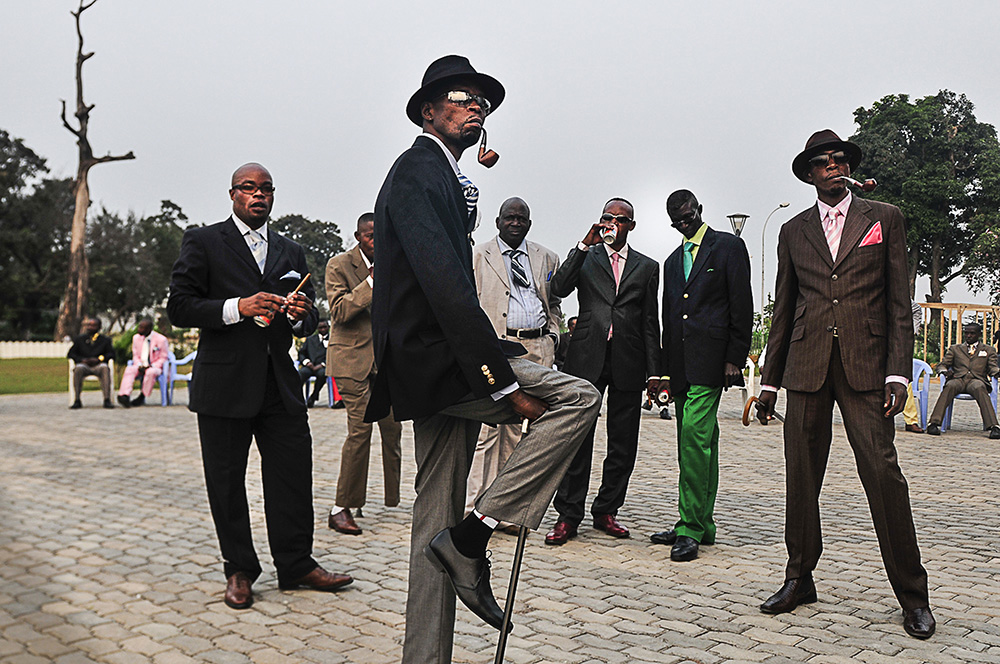
Daniele Tamagni. “Sapeurs posing in front of Memorial Savorgnan de Brazz, Brazzaville,” 2008. Digital print. 25.9 x 35.8 in
Nevertheless, there are a few notable gems. Terence Nance’s delightful Black Beau is a wonderful introduction to the exhibit (though it is installed between the first and third galleries). With references to ancestors and Yoruba prayers, and lines like “a dandy is a Black Beau inside the image of their making,” the partially animated short film expands the definition of “Dandy” to mean one who is community-centered, African, and self-made. Brooklyn-based photographer Rose Callahan, who has collected her work on the subject in the book I am Dandy: The Return of the Elegant Gentleman, gifts viewers with portraits of several sartorial heavy-hitters, including Dr. Andre Churchwell, Ouigi Theodore, and Iké Udé himself (wearing what might be daytime formal for Udé). Jody Ake’s ambrotypes—a naturally dark and milky image on glass produced by a technique related to the daguerrotype—introduce some photo history and lend the exhibit a visual heaviness. And Italian photographer Daniele Tamagni shines in this exhibit, with photos that lovingly capture the Brazzaville La Sape community—a pan-African Society of Ambience-Makers and Elegant People.
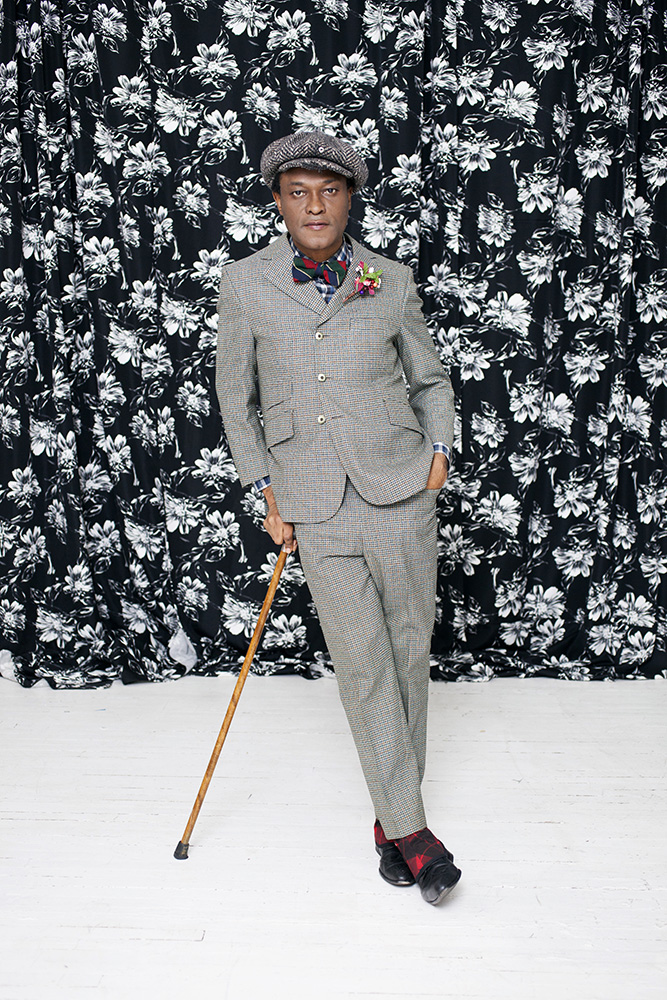
Rose Callahan.”Iké Udé in His Studio, New York City,” 2013. Digital C-Print. 20 x 30 in
The curatorial proposition seems to be one of Africanist respectability, an aesthetic that borrows from European culture only in order to re-fashion itself as independent, middle class, and heterosexual. Though the majority of the images in the exhibit are portraits of single subjects, the larger collections, like those from Hanif Abdur-Rahim and Harness Hamese, do feature group shots—albeit staged like 3-piece suit militia. With titles like Revolutionary Etiquette, the subjects stand close, their wool overcoats barely touching, and stare down the camera’s gaze. Their relationship is to the viewer rather than to one another. When subjects do turn away from the camera—as with Richard Terborg’s understated and eloquent interior portraits of Dutch stylist Dualleh Abdulrahman and his family, all potential intimacy is redirected as heterosexual. Where one image, titled Clothing Comes First: Dualleh Abdulrahman and Sherwin Gentle, captures Abdulrahman tenderly adjusting another man’s lapel, the photo beside it, equally tender, of Abdulrahman with a woman in the kitchen and a child, is called Family First. The gentle redirection away from a queer intimacy is palpable, and pervades the exhibit.
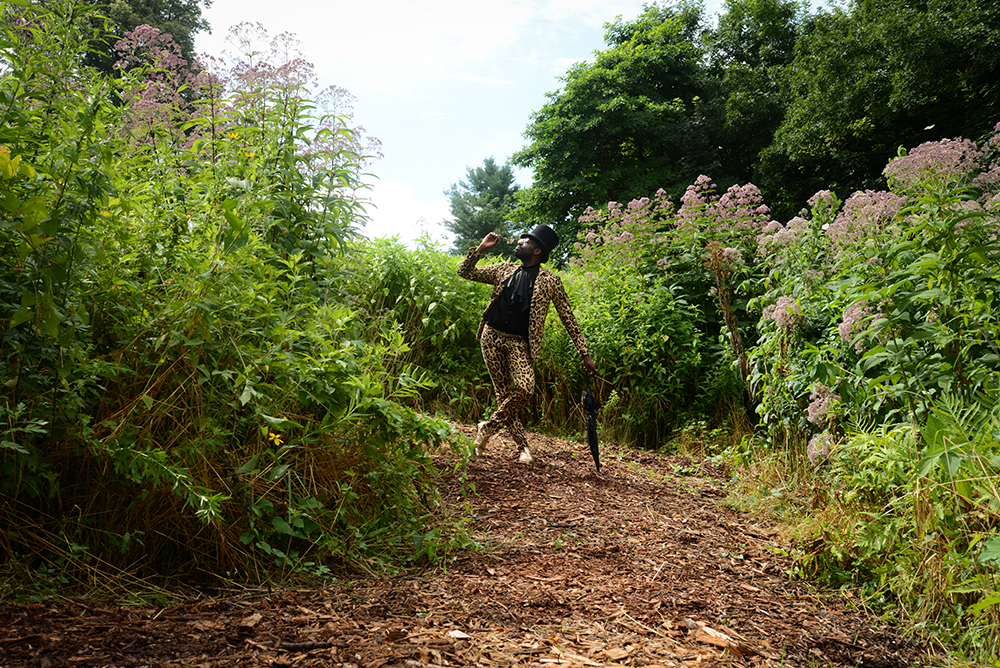
Allison Janae Hamilton. “Tell me no tales,” 2013. Digital Photograph. 30 x 45 in
Perhaps because of this, the most compelling works are the pieces whose singularity disrupts the curatorial argument that dandyism befits “a contemporary man of SWAG” and is an “assimilation of European menswear intertwined with an African aesthetic.”[i] For example, LA filmmaker Numa Perrier’s short film Sir, a single shot close-up of a black man attempting to tie and then untie a bowtie in a seemingly cyclic performance of failed black masculinity. Or Dutch artist Charl Landvreugd’s selection from his Atlantic Transformerz series. Both works, which feature faceless characters, stand apart in this exhibition of portraiture and disturb the dominant themes of respectability politics the rest of the exhibit rides on. Particularly, Landvreugd’s Atlantic Transformerz: Faidherbe (2014) presents a visually dark image of a black man in a dark suit wearing a pitch black Transformers mask. Again, we cannot see his face, but we feel his presence—the picture conjures Afro-futurist notions of shape-shifting and time-bending, ideas that may run counter to some of the more overwrought and antiquated gender dynamics displayed in, for example, Harness Hamese’s For every strong woman, there are strong men-Khumbula (2014).
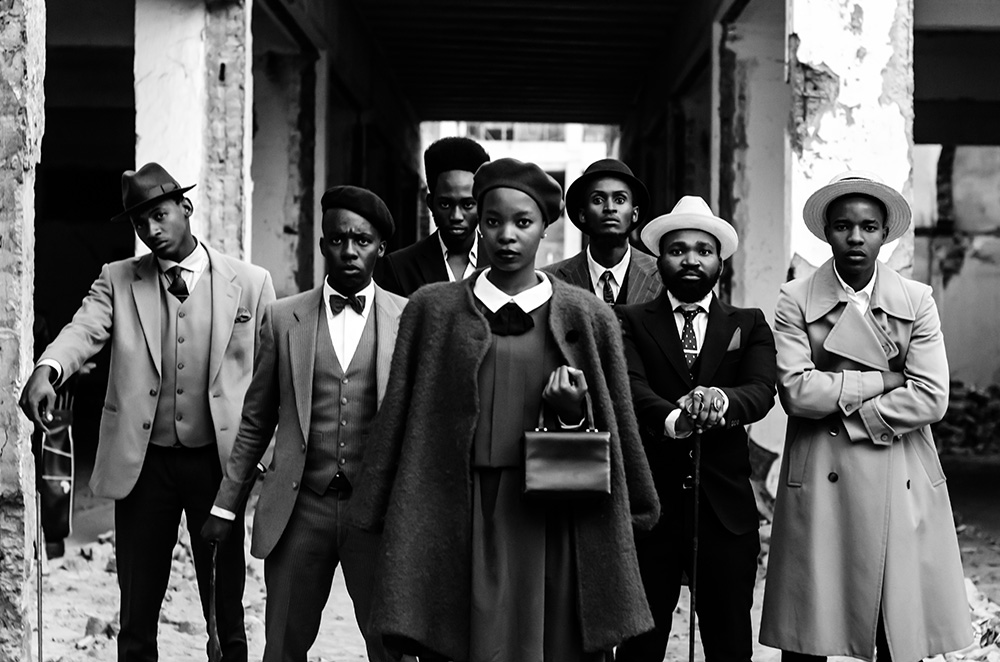
Harness Hamese. “For every strong woman, there are strong men – Khumbula,” 2014. Digital Archival Print. 20 x 24 in
The problem with Dandy Lion is that those overwrought dynamics are, in part, what Lewis is interested in reviving. The exhibit is explicit in its concern that there be an alternative to the dominant image of black men as pant-sagging thugs, and that black men use fashion to “craft new identities.” And while Lewis recognizes antecedents to the contemporary dandy, she posits this 21st century iteration is “noticeably different from his historical minstrel or Harlem Renaissance queer prototype.”[ii] To that end, earlier iterations of the exhibit—which has toured internationally for a number of years—showcased heterosexual cisgender men exclusively, and is still almost completely free of non-cisgender men. According to Lewis, “If you photograph black men who identify as straight, that in and of itself deconstructs all of your ideas about what masculinity and manhood looks like within the black community.” [iii]
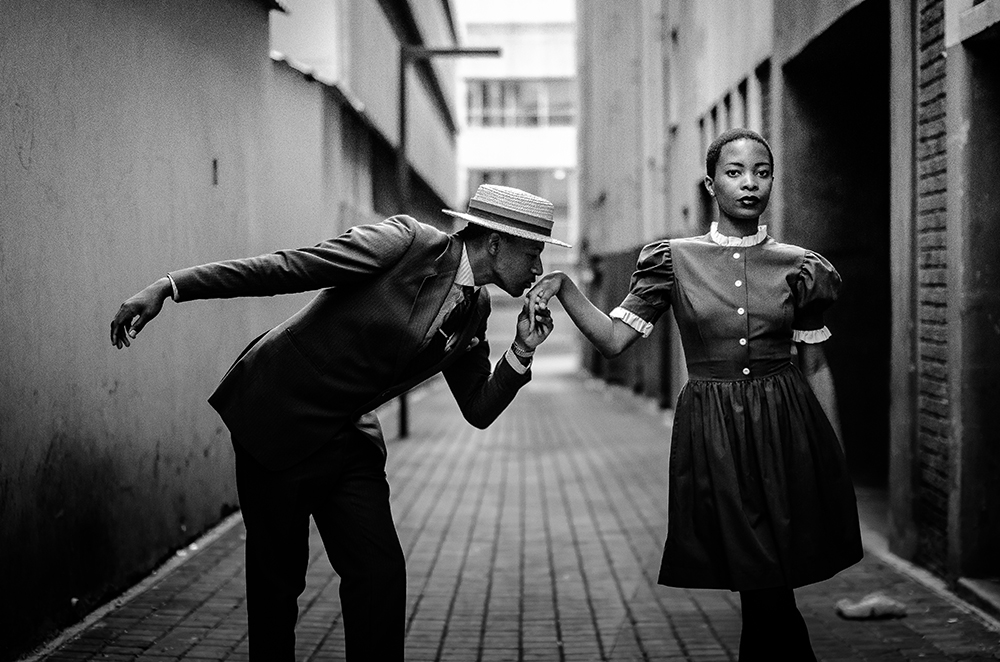
Harness Hamese. “Give thanks to thoughtful hands – Bafana Mthembu and Andile Biyana of Khumbula,” 2013. Digital Archival Print. 20 x 24 in
And yet Dandy Lion includes a portrait from Harness Hamese’s work with the South African Khumbula Collective: In it, a man and a woman stand side by side á la American Gothic. He wears suspenders, a bright tie, a smart hat. She, with an almost shaved head, wears a tweed newsboy outfit. They do not hold hands as they confront the camera’s gaze with equal intensity. What are we to make of this image, in the context of an insistently heterosexual/gender normative exhibit—especially as this woman reappears several more times throughout Hamese’s included work, always in a dress, but also always in the center or foreground of the frame and looking away from the boys who surround her? There is a quiet queer and feminist rupture here—one that is hinted at throughout the show in various places—that points toward the real possibilities of an Africanist, self-made (yet community-minded), masculine (though not necessarily male) aesthetic.
[i] From curator’s website.
[ii] From curator’s website.
[iii] Charlise Ferguson, “It’s Not Just Clothes That Maketh the Black Dandy.” The Daily Beast http://www.thedailybeast.com/articles/2015/05/10/it-s-not-just-clothes-that-maketh-the-black-dandy.html
